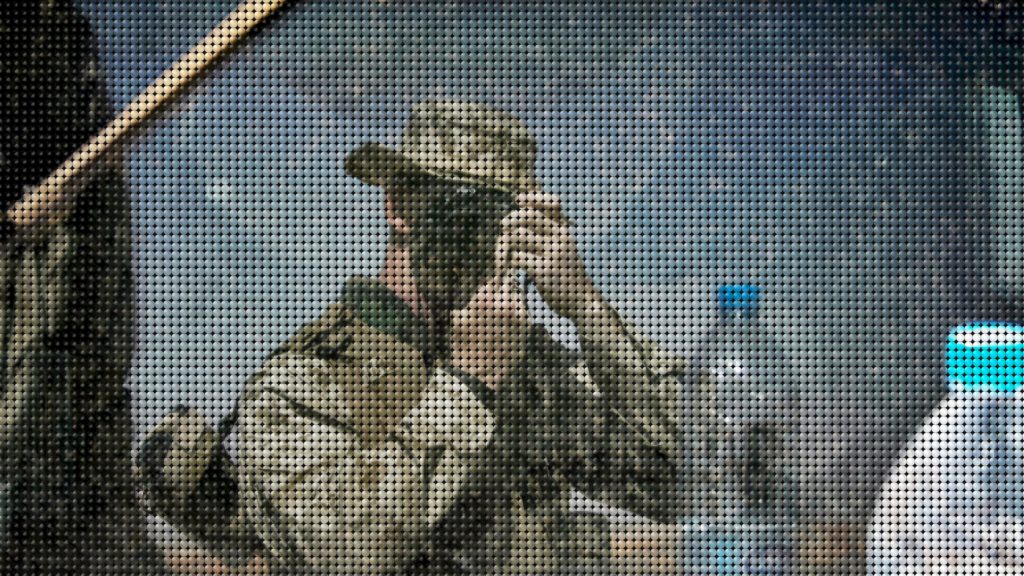(Disclaimer: I, Aaron Belford, did not shoot any of these photos. I am not critiquing the photography, visuals, or the professionals who created these ad campaigns. Each photographer demonstrated exceptional skill and artistry. Instead, my critiques focus solely on the marketing decisions, messaging, target audience alignment, and the shifts in fit and quality that I believe are steering some once-renowned brands off course.)
The outdoor gear industry is no stranger to brand reinvention. Companies constantly evolve to stay relevant, attract new audiences, and outshine competitors. However, the line between innovation and alienation is thin. Some brands soar by staying true to their roots while adapting to new trends, while others stumble by losing sight of what made them special in the first place.
In this post, we’ll explore the branding hits, misses, and recoveries in the outdoor and lifestyle space, focusing on Arc’teryx, The North Face, Mammut, and Outdoor Research. Let’s dive into how these brands got their messaging right—or painfully wrong—and what we can learn from their strategies.
Arc’teryx – From Elite Operator Gear to Fashion Runway



Alienating a Loyal Audience by Chasing Fleeting Trends
Personal Reflections:
When I was in the Marine Corps, Arc’teryx stood out as one of the premier operator brands. It was the go-to choice for special forces and special operations groups. The gear was unparalleled in terms of fit, finish, and durability. It wasn’t just clothing; it was equipment that we trusted with our lives in challenging environments.
The Failures:
Recently, I’ve noticed a shift in Arc’teryx’s approach:
- From Function to Fashion: The brand is venturing into the fashion realm, altering apparel cuts, experimenting with trendy colors, and focusing more on style than substance.
- Perceived Drop in Quality: It feels as though the durability and ruggedness have diminished. Despite this, prices have either remained the same or increased, seemingly to justify the new branding direction.
Result:
By pivoting towards fashion, Arc’teryx risks losing its core audience, those who value it for performance and reliability. The brand that once symbolized elite functionality now feels distant from its roots.
Lessons Learned:
- Stay True to Your Core: Authenticity is paramount. Brands must evolve without abandoning the qualities that earned customer loyalty.
- Value Over Image: Customers recognize and appreciate genuine quality over superficial rebranding efforts.
The North Face – Losing the Adventure in Favor of Aesthetics
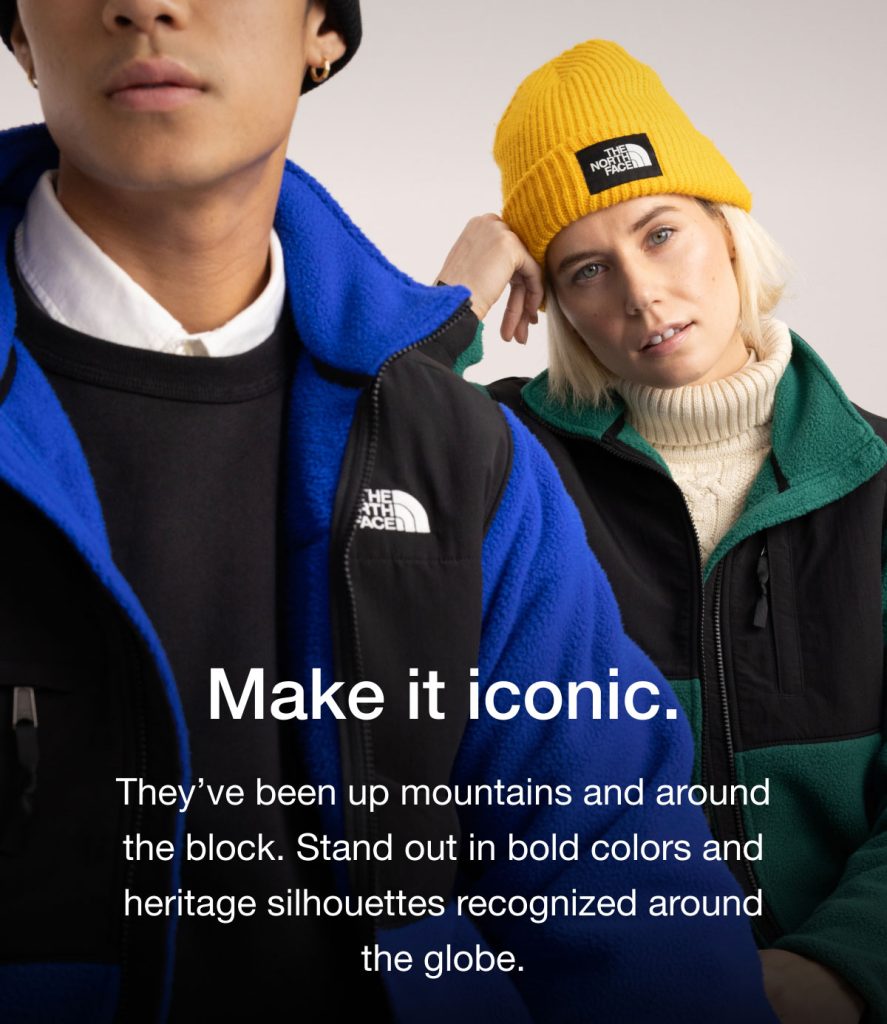


Rebranding Without Authentic Connection Falls Flat
Personal Reflections:
Back in the ’90s, The North Face was synonymous with outdoor adventure. I vividly remember wearing their gear while skiing in Minnesota; the puffy jackets and fleece were not just functional but emblematic of a culture that celebrated exploration and the great outdoors.
The Critique:
Today, The North Face seems to be drifting away from that adventurous spirit:
- Sterile Branding: The new font and typography resemble those of tech giants like Apple, polished but lacking soul. They’re very sterile and don’t evoke the emotions tied to outdoor exploration.
- Hollow Mission Statement: Their latest mission statement feels like it was crafted by AI, devoid of personality or character. It doesn’t resonate with those who seek genuine connections with nature.
- Disconnected Imagery: The recent ad campaigns feature models who look like they’ve been plucked straight from Paris or Milan runways and dropped onto a mountaintop or, worse, placed against CGI backgrounds. It feels staged and detached from the authentic outdoor environments.
Result:
The brand’s shift raises concerns about its appeal to traditional adventurers. By prioritizing aesthetics over authenticity, The North Face may alienate those who once wore the brand as a badge of genuine outdoor enthusiasm.
Lessons Learned:
- Embrace Authentic Imagery: Visuals should reflect real adventures, not staged scenes. Authenticity speaks volumes.
- Connect Emotionally: A brand’s messaging must resonate with the audience’s desires and experiences, tapping into that “lizard brain” instinct that senses when something is off.
Mammut – Staying True to the Core of Adventure
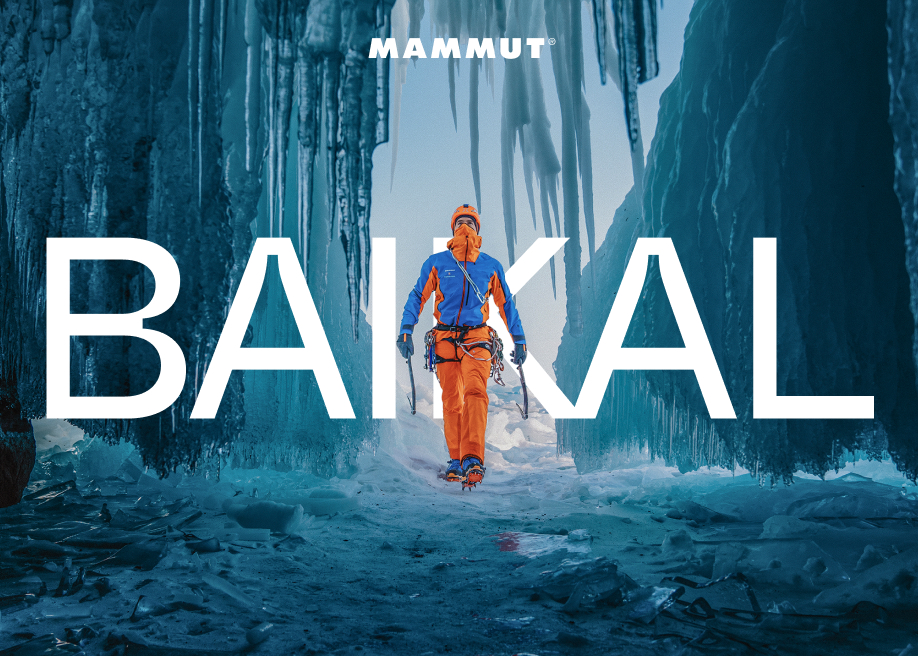
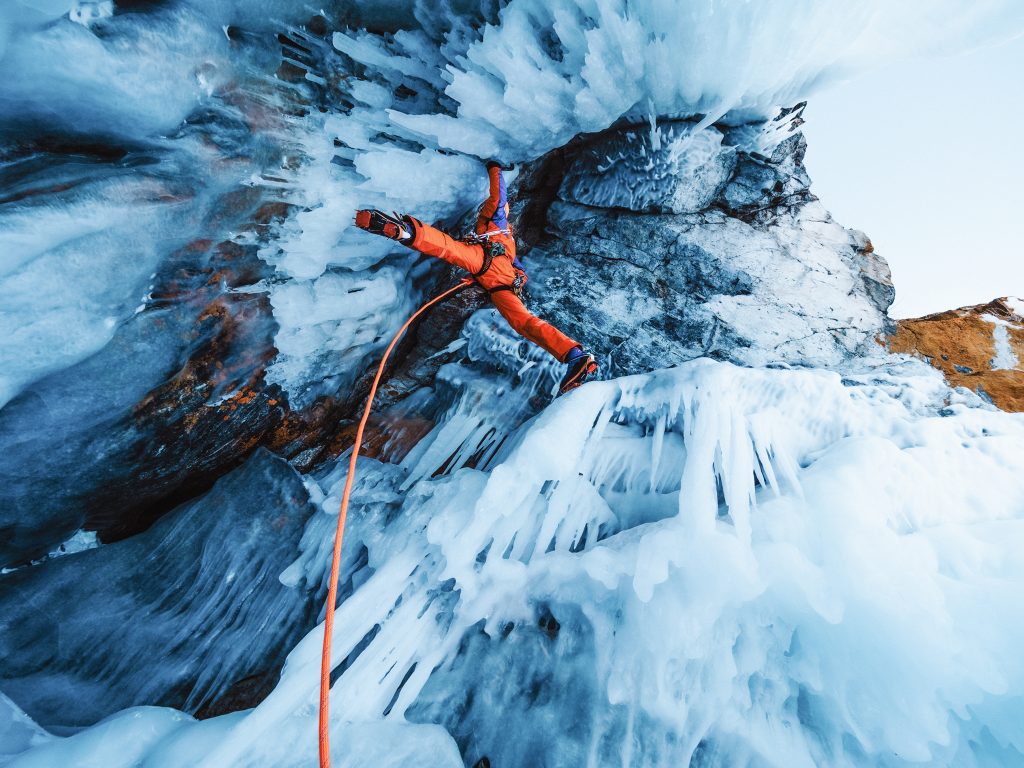
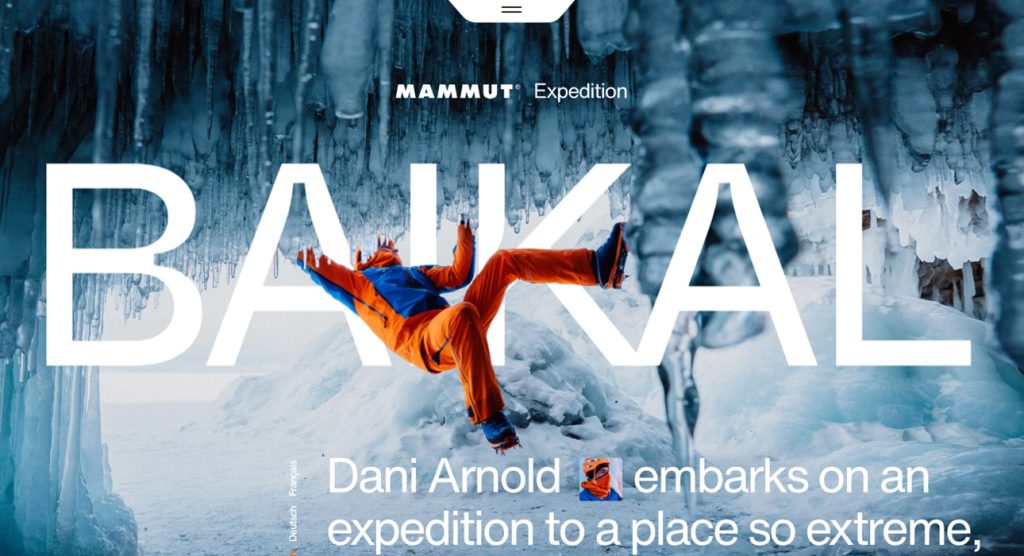
Masterclass in Authentic, Adventure-Oriented Branding
What’s Working:
Mammut has been hitting all the right notes:
- Genuine Adventure Content: Their campaigns showcase real athletes and adventurers in action. The content often feels like user-generated material straight from the adventurers’ own cameras.
- Authentic Representation: By highlighting people who actually use the equipment as it’s intended—to protect against the elements—the brand reinforces its commitment to functionality and reliability.
Key Insights:
- User-Centric Storytelling: Mammut’s focus on actual users creates a strong emotional connection with the audience.
- Consistency: By not straying into fashion for fashion’s sake, they’ve maintained their credibility and appeal among serious outdoor enthusiasts.
Outdoor Research – The New Gold Standard for Functionality

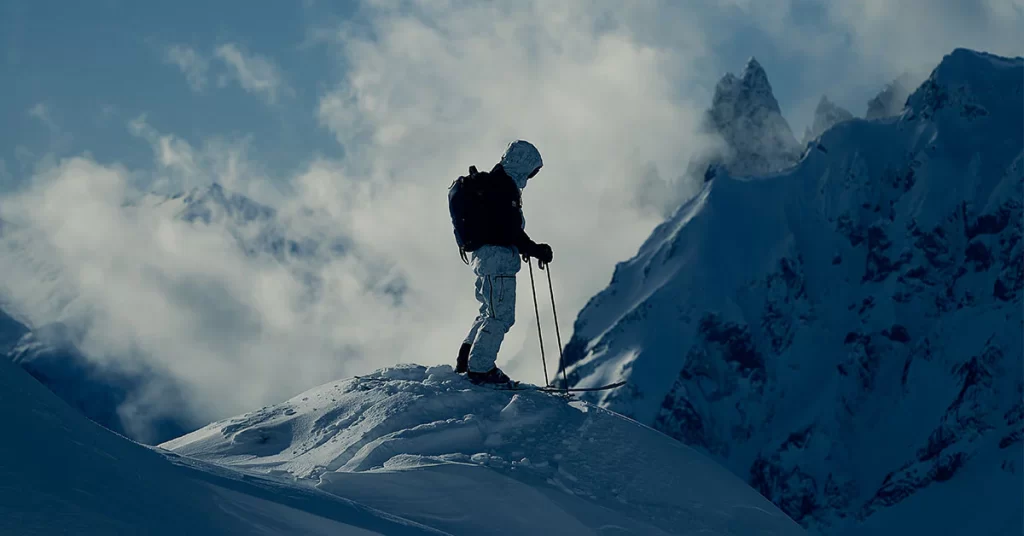

Excelling by Focusing on Quality and User Needs
Personal Reflections:
Outdoor Research has become my absolute favorite brand. They’ve embraced the “operator mentality,” offering gear that’s not just for show but designed for real-world use:
- Military-Grade Options: Their military section provides equipment suitable for field use, catering to those who need gear they can rely on.
- Exceptional Gloves: As a photographer working in cold conditions, I need gloves that are both thin enough for dexterity and warm enough to protect against the elements. Outdoor Research’s modular glove systems are unparalleled. The IronSight shooting glove, for instance, is now my go-to choice.
What’s Working:
- Focus on Functionality: Every product seems designed with the end-user in mind, addressing specific needs without unnecessary frills.
- Staying True to Roots: By maintaining their commitment to quality and functionality, they’ve built a loyal customer base that values these attributes.
What the Outdoor Industry Can Learn
The stakes are high in outdoor branding, where authenticity and relevance are non-negotiable. Brands like Mammut and Outdoor Research demonstrate the power of staying true to one’s roots, reinforcing credibility through genuine representation of their products and values. They understand their audience and deliver what is genuinely needed.
On the other hand, brands like Arc’teryx and The North Face serve as cautionary tales about the risks of misaligned pivots and losing touch with core audiences. Shifting focus toward fleeting trends or sterile aesthetics can erode the trust and loyalty built over the years.
Key Lessons:
- Authenticity Over Trend-Chasing: Stay true to your brand’s identity even as you evolve.
- Know Your Audience: A deep understanding of your customers enables more meaningful connections.
- Compelling Storytelling: Real stories and genuine experiences resonate more than polished but hollow narratives.
- Quality is Irreplaceable: Never compromise on the quality that made your brand reputable in pursuit of new markets.


